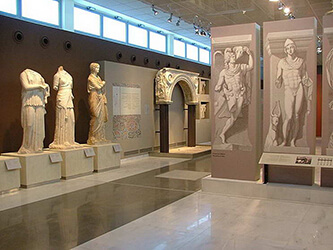
Archaeological Museum
Macedonia's major prehistoric and ancient Macedonian and Hellenistic finds are housed in this museum, bar Vergina's gold tomb finds, which are exhibited in Vergina. Highlights include the Derveni Crater (330–320 BC) a huge, ornate Hellenistic bronze-and-tin vase. Used for mixing wine and water, and later as a funerary urn, it’s marked by intricate relief carvings of Dionysos, along with mythical figures, animals and ivy vines. The Derveni Treasure contains Greece’s oldest surviving papyrus piece (320–250 BC). The lower-floor exhibit, Pre-Historic Thessaloniki, boasts prehistoric implements from the Petralona Cave north of Halkidiki, plus neolithic and Bronze Age daggers, pottery and tools.
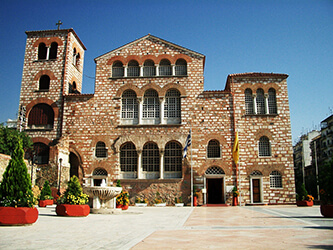
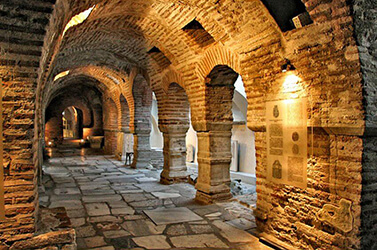
Church of Agios Dimitrios
This enormous 5th-century structure honours Thessaloniki’s patron saint. A Roman soldier, Dimitrios was killed around AD 306 at this former Roman bath site by order of Emperor Galerius, infamous persecutor of Christians. The martyrdom site is now an underground crypt. Dimitrios’ relics occupy a silver reliquary inside. The Ottomans made Agios Dimitrios a mosque, and plastered over frescoes that were again revealed after the 1913 Greek reconquest. While the city's devastating fire of 1917 was very damaging, five 8th-century mosaics survive, spanning the altar.

Museum of Byzantine Culture
This fascinating museum has plenty of treasures to please Byzantine buffs, plus simple explanations to introduce the empire to total beginners. More than 3000 Byzantine objects, including mosaics, intriguing tomb paintings, jewellery and glassware are showcased with characterful asides about daily life. You'll be confidently discerning early-Christian from late-Byzantine icons in no time.
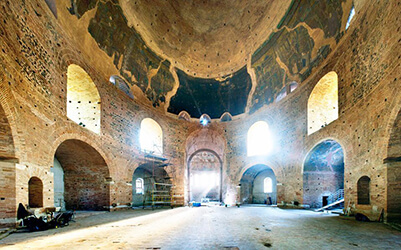
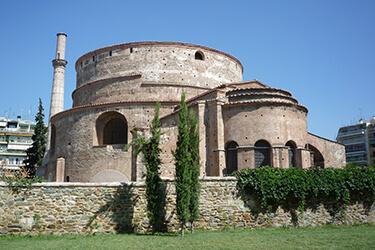
Rotunda of Galerius
In AD 306 Roman emperor Galerius built this stocky 30m-high brick structure as his future mausoleum. But instead of being laid to rest within the 6m-thick walls of the Rotunda, he was buried in today's Serbia after succumbing to an unpleasant disease that still puzzles historians today. Later, Constantine the Great made the Rotunda Thessaloniki's first church (Agios Georgios; observe dragon-slaying St George above the door). The Ottomans made it a mosque (note the restored minaret).
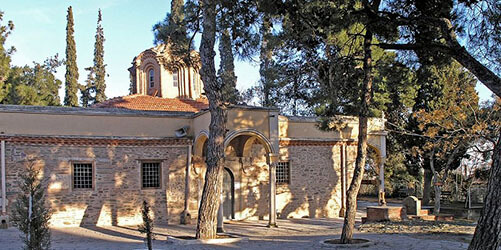
Monastery of Vlatadon
Near Ano Poli’s Byzantine Walls, the salmon-coloured arches of this secluded monastery are a relaxing place for a stroll. Thought to have been founded around 1351 by the pious brothers Vlatades, this monastery was significant for Hesychasm, a controversial movement based around solitary spiritual reflection. Its foremost 14th-century proponent, St Gregory Palamas, is depicted in a fresco here. A now-lost imperial chrysobull (gold-sealed decree) of the Byzantine Empress indicates Anna Paleologina endowed Vlatadon, which still preserves a rich archive of documents dating to the 15th century.
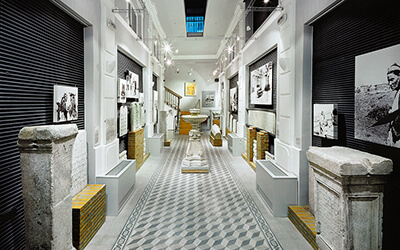
Jewish Museum of Thessaloniki
This touching museum is housed in one of the few Jewish buildings to survive the great fire of 1917, the former office of Jewish newspaper L'Independent. The museum traces the city's Jewish heritage through the 15th-century Sephardic immigrations and its peak period of creativity in the 16th century, before the community was brutally annihilated during the Holocaust. The upper floor has a timeline of Jewish life in Thessaloniki. The ground floor is split between a collection of photos and Jewish gravestones on one side, and a moving hall of remembrance on the other.
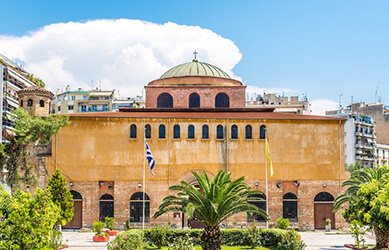
Church of Agia Sofia
Candlelight twinkling from gold chandeliers pierces the gloom in this functioning 8th-century church, modelled on its İstanbul namesake. The dome has a striking mosaic of the Ascension of Christ. Built over a previous 3rd-century church, it's notable for the cross-basilica style associated with middle-Byzantine architecture. The narthex and south aisle were used as a burial place for dignitaries from the 10th century. Like many Thessaloniki churches, it spent a period as a mosque (1535–1912) before returning to Christian worship.
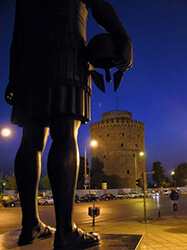
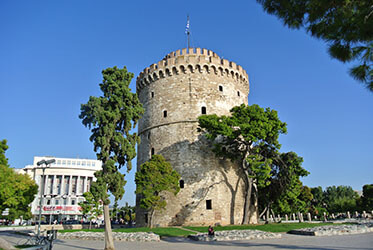
White Tower
Thessaloniki's most famous landmark, the 34m-high White Tower has a harrowing history as a prison and torture chamber. In 1826 Ottoman sultan Mahmud II massacred rebellious janissaries (elite troops of forcibly Islamicised Christian boys) here. After the 1913 Greek reconquest, the ‘bloody tower’ was whitewashed to expunge this grisly past. Grab a free audio guide to help navigate the multimedia displays in the tower, then drink in views of the bay from the top.
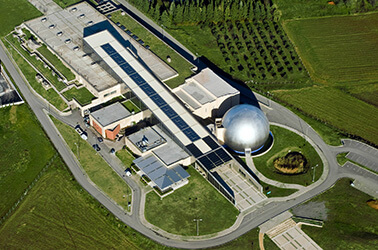
Noesis Science Center & Technology Museum
Although 6km east of town, this fascinating museum of science and technology, old and new, is worth visiting. There's a planetarium, a giant-screen cinema and simulator for the kids, while the exhibition of ancient Greek technology shows just how ingenious the ancients really were. Out of summer, it opens at 1pm on weekends.
Read more about Thessaloniki attractions here (by lonelyplanet.com), or find out about Thessaloniki's and Unesco's monuments in the city (by thessaloniki.gr). Also there is a full list of the city's museums here (by thessaloniki.gr).